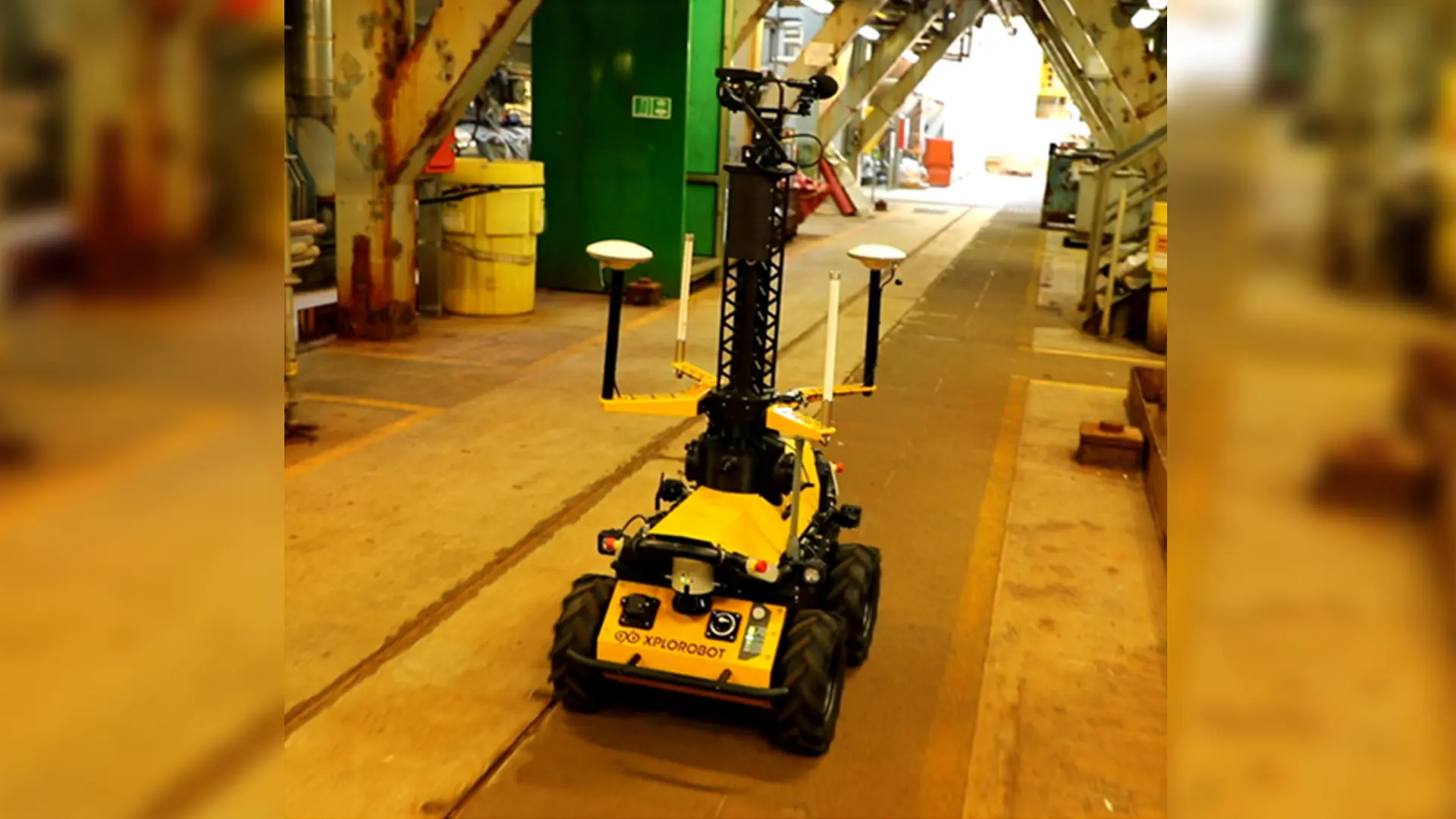
Article
Wood Norway SVP Henrik Melsom on brownfield excellence and Norway’s energy future
Before Iris Edge, operators would use Optical Gas Imaging (OGI) cameras to conduct inspections to identify leaks. To use OGI cameras you must be certified to detect methane. Traditionally, leaks would be shown as a shimmer of gas however it is difficult to quantify the exact amount of methane being omitted or the precise location.
In comparison, Iris Edge can quantify the exact quantity of methane to parts per million per meter, for how much gas is in the air. Lasers also enable us to locate the exact location of the leak. Using physics to understand exactly where the leak is coming from to ensure safer operations. We utilize tunable diode laser absorption spectroscopy (TDLAS) ensuring that the data is quantified as well as qualified.

Iris Edge has several hardware options as well as customizable sensor detection suited to the client's evolving needs.
We supported our client on their platform based in Canada, deploying Iris Edge in two hardware options, including handheld and robot over a period of 7 days.
We can utilise robots for larger areas and handheld kit for harder-to-reach areas, ensuring full coverage of an asset.
Delivering surveys as an integrated service during normal maintenance means there is less requirement for travel to the site for trained technicians resulting in less risk.

In this pilot, the platform operator saw tangible benefits from reducing methane emissions and the 3D modelling provided. Iris Edge is currently the only software in the world to visualise gas leaks in 3D models via a colour overlay that heat maps the velocity of the methane leaks.
The platform is a mature asset in the process of a life extension process to extend it by 10 years. In the pilot study, there were 4 existing methane leaks and one additional leak discovered, showing that current maintenance activity on the ageing asset was successfully keeping leaks to a minimum.
There were several lessons learned from the pilot study that have been incorporated into Iris Edge’s deployment including which hardware is suited to which environment.

Clients in the US are currently subject to Inflation Reduction Act (IRA) methane taxing.
Following the implementation of the IRA, the US market is addressing the challenge of potential megatons of methane currently leaking across assets, and the monetary and environmental implications.
Currently, clients are being taxed $900 per tonne of methane, but by 2026 this could increase to $1,600 a tonne and will increase exponentially.
By utilizing Iris Edge, operators can clearly report to regulators on methane emissions, potentially saving millions of dollars.

Methane is a major contributor to greenhouse gas levels, with 1 tonne of methane equaling 25/30 tonnes in greenhouse gas equivalent. Iris Edge is not only supporting our clients’ investments but also contributing to lower methane levels in the atmosphere.
Click the button below, and one of our consultants will get back to you shortly.